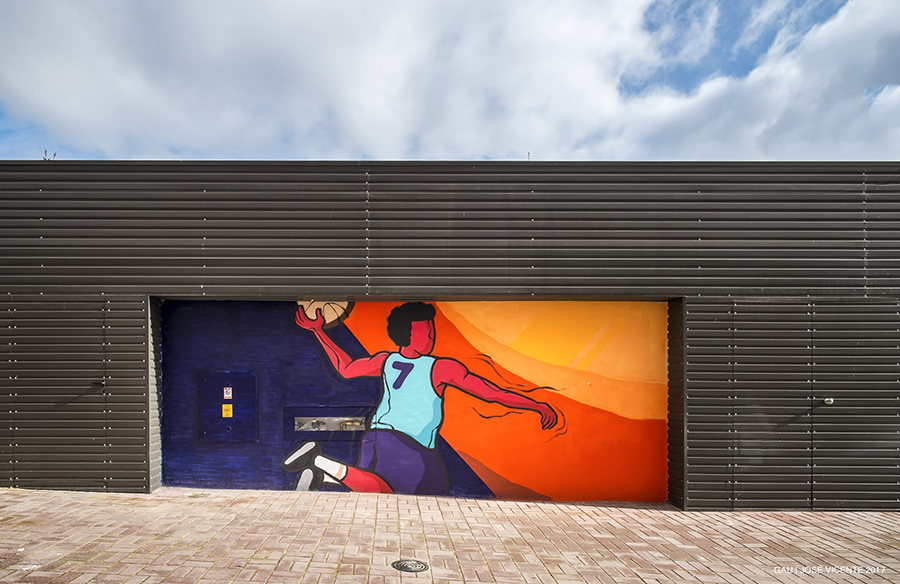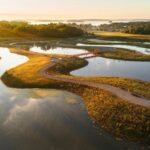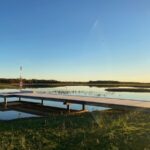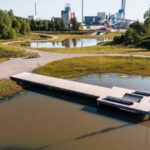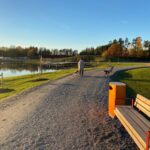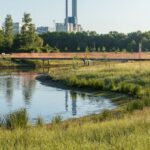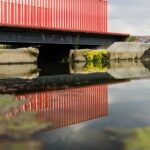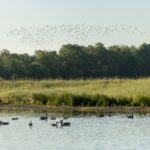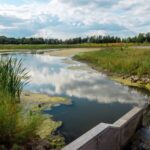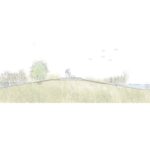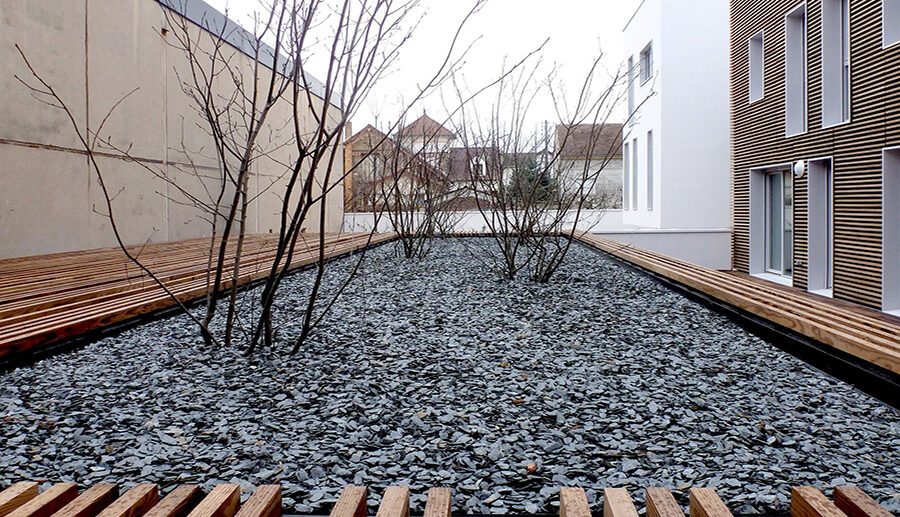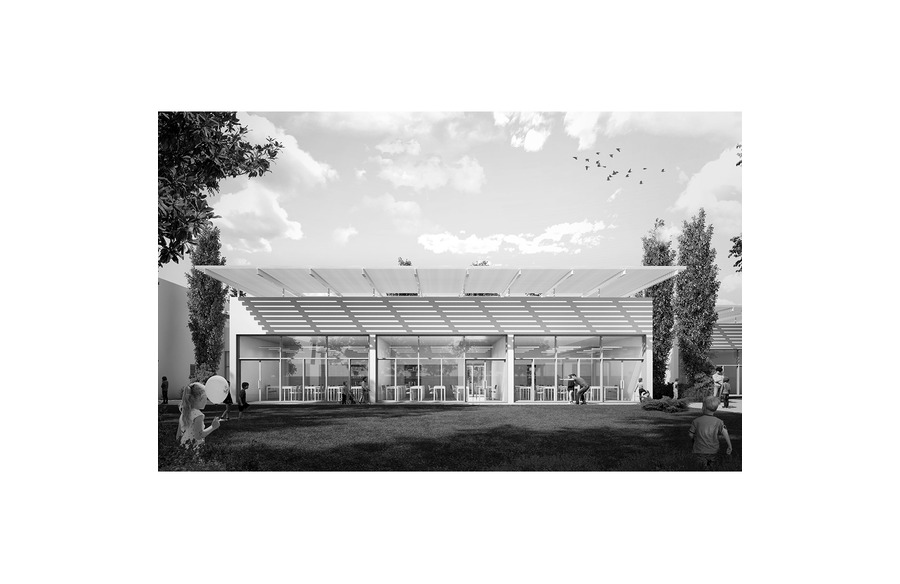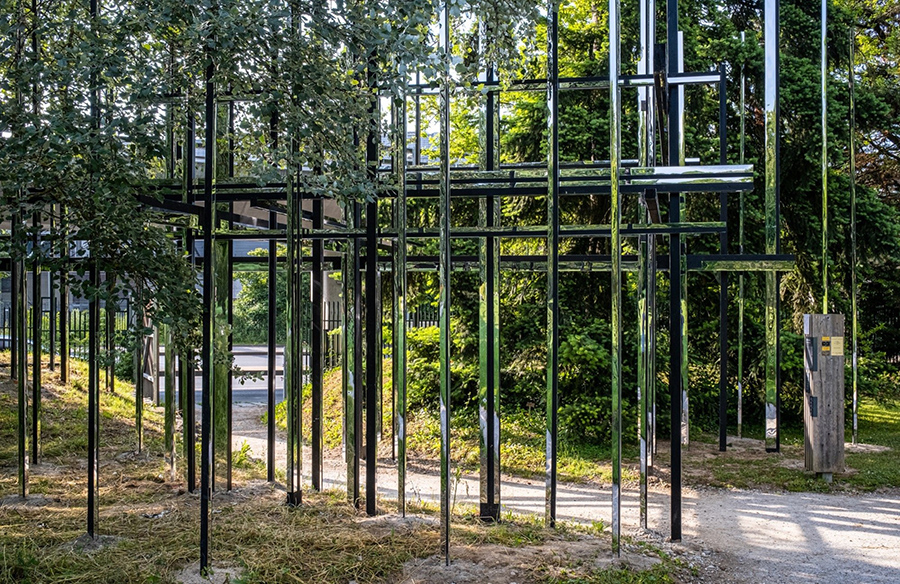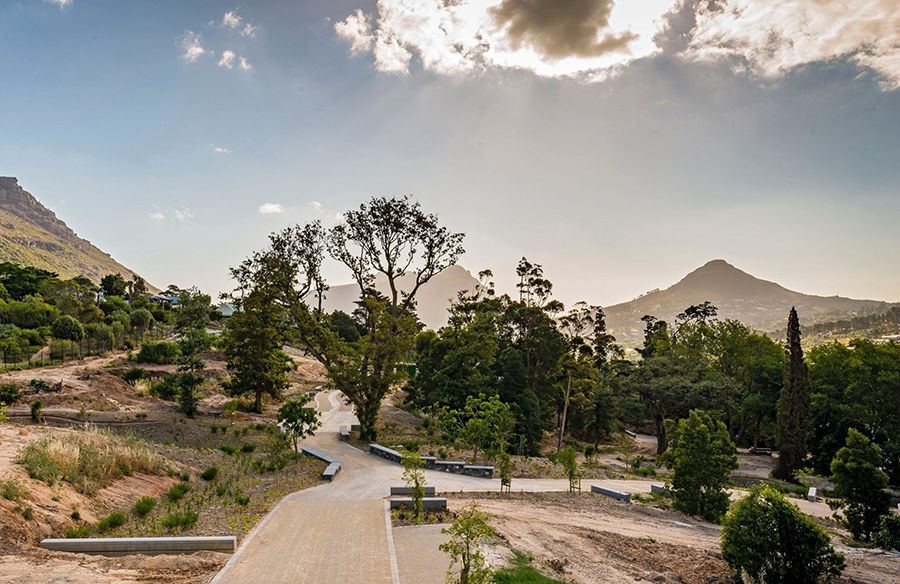Johannisberg Wetland Park Enhancing Aquatic Environments

The Johannisberg Wetland Park, designed by Topia Landskapsarkitekter, stands as a significant initiative within Sweden’s environmental landscape.

Project Overview
Known as Rich Waters, this project marks Sweden’s inaugural venture under the EU’s environmental program LIFE IP. Commencing in January 2017 and slated to continue until 2024, its primary objective is to ameliorate the aquatic ecosystems, particularly within central Swedish waters affecting Lake Mälaren and the northern Baltic Sea.
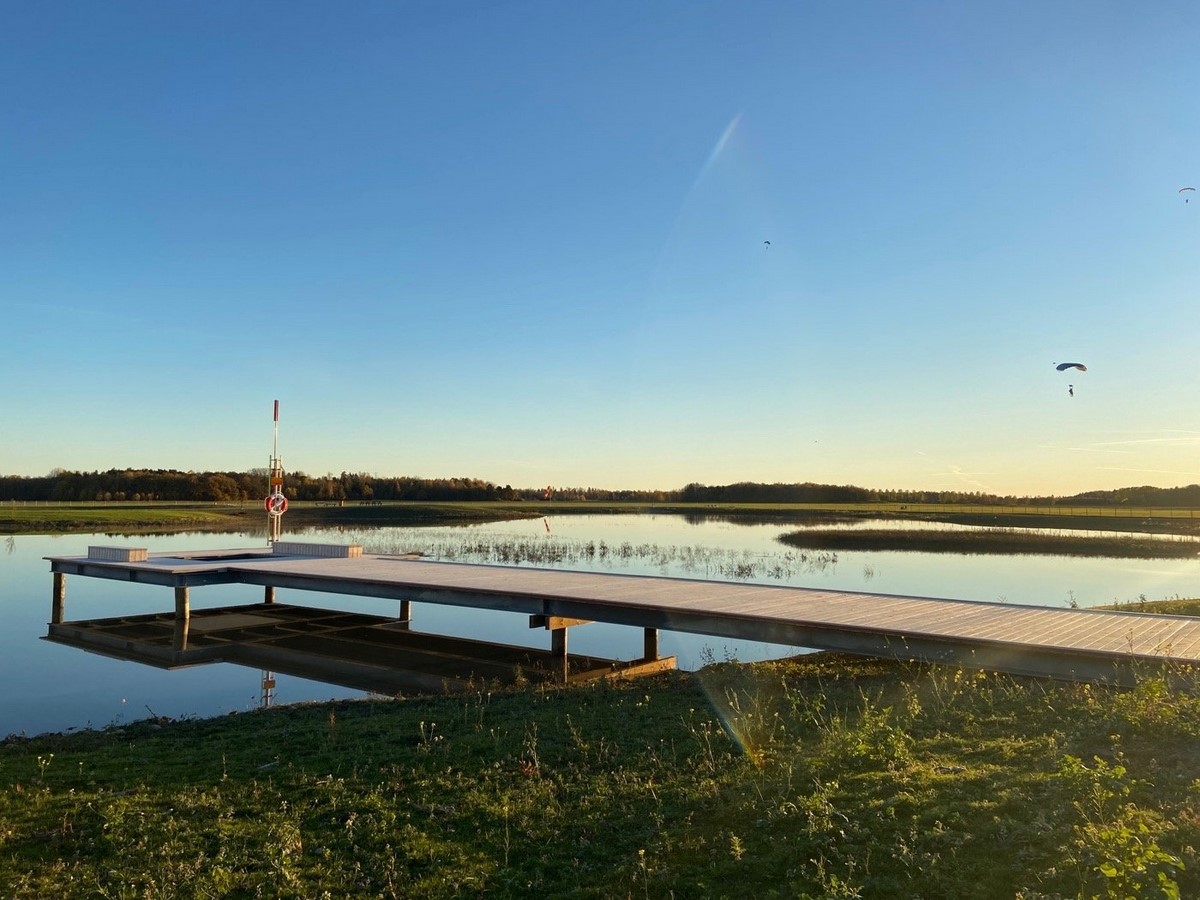
Purpose of the Park
Situated as one of three multifunctional water parks established as part of this initiative, the Johannisberg Wetland Park serves a pivotal role. Its principal aim is to cleanse the water coursing through the Kapellbäcken creek before its convergence with Lake Mälaren. The park’s six dams serve as purification hubs, significantly enhancing water quality before discharge into the lake.
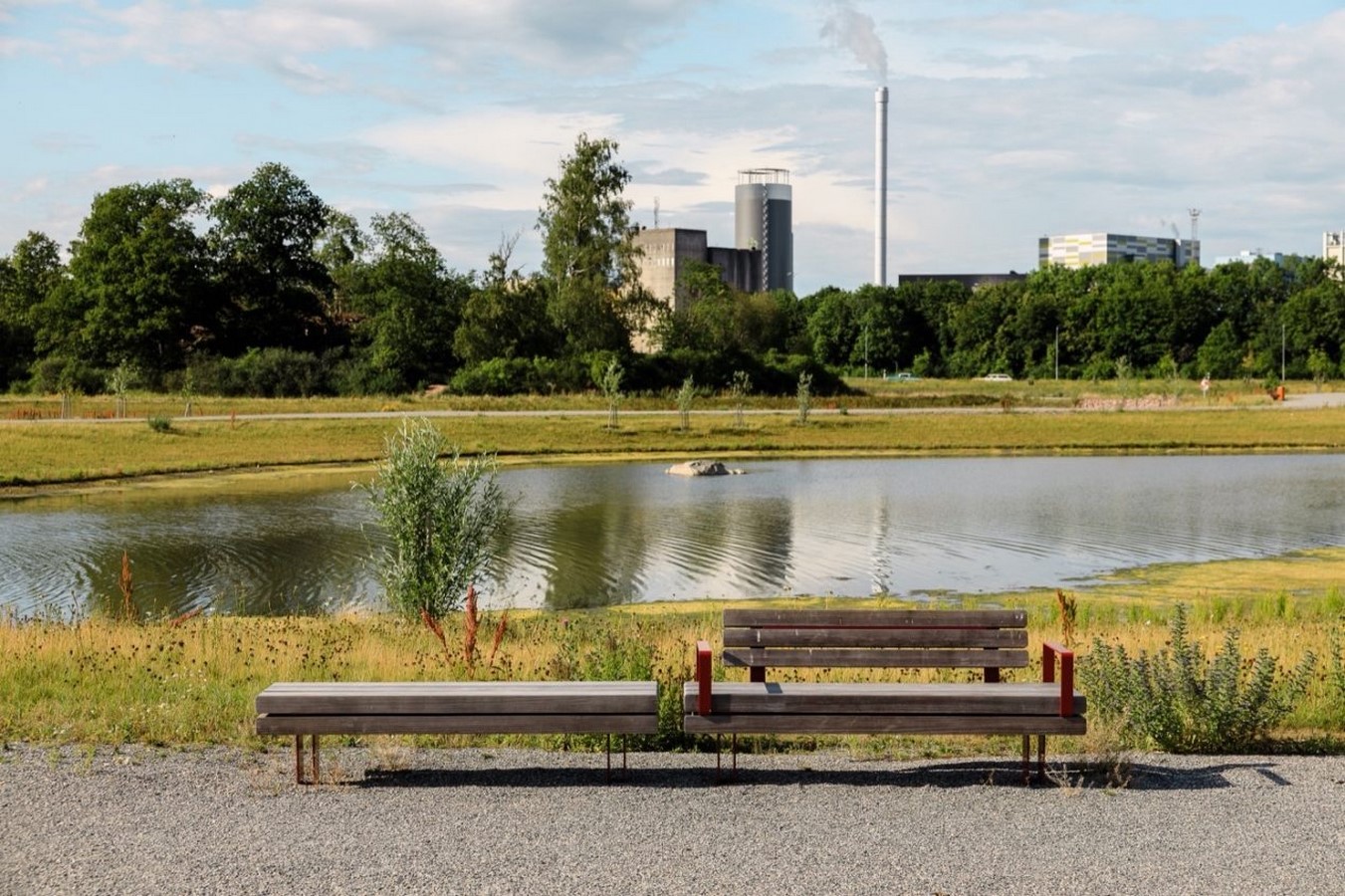
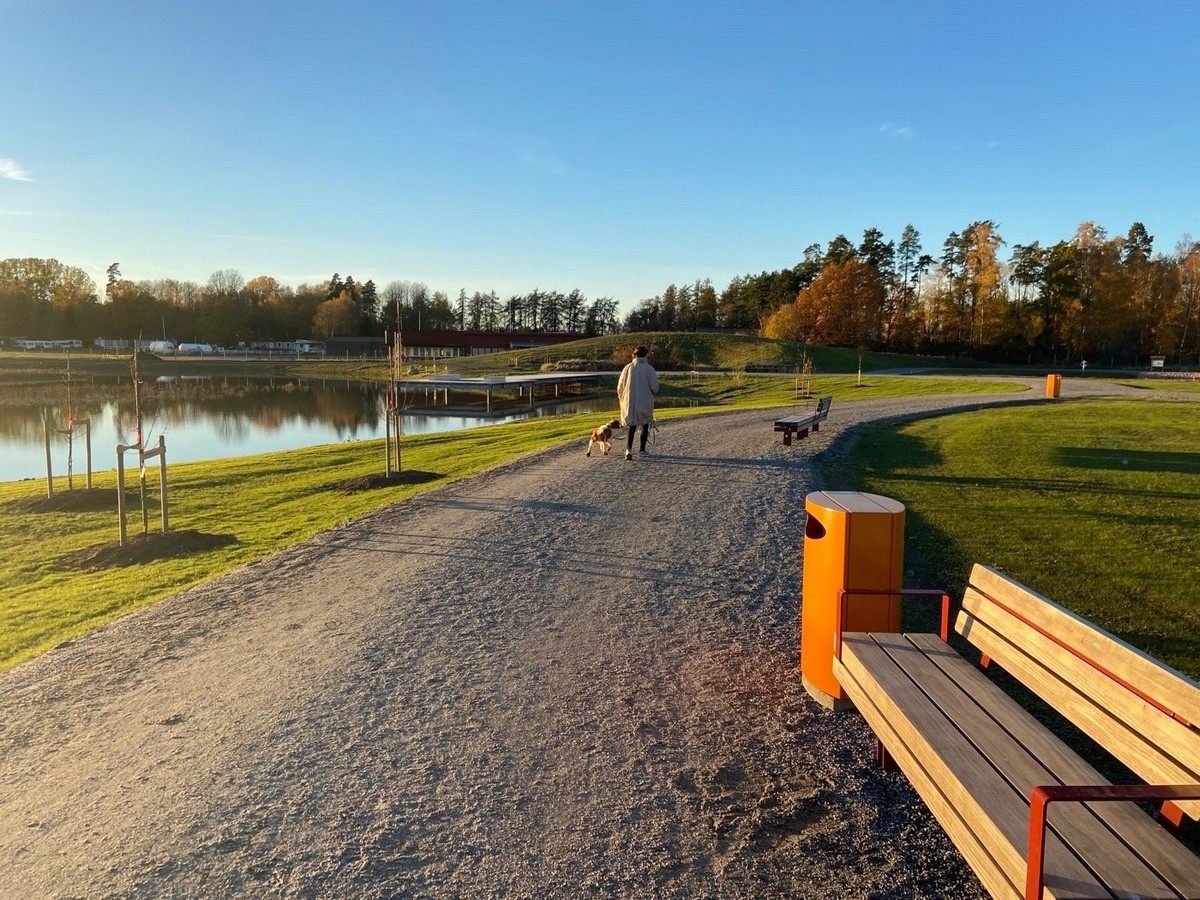
Integration and Accessibility
Beyond its primary function, the park strives to offer accessibility and educational opportunities. Through the integration of bridges, platforms, and walkways, visitors can intimately engage with the diverse fauna, avifauna, and aquatic life inhabiting the area. Moreover, the park facilitates educational activities, fostering a deeper understanding of these ecosystems.
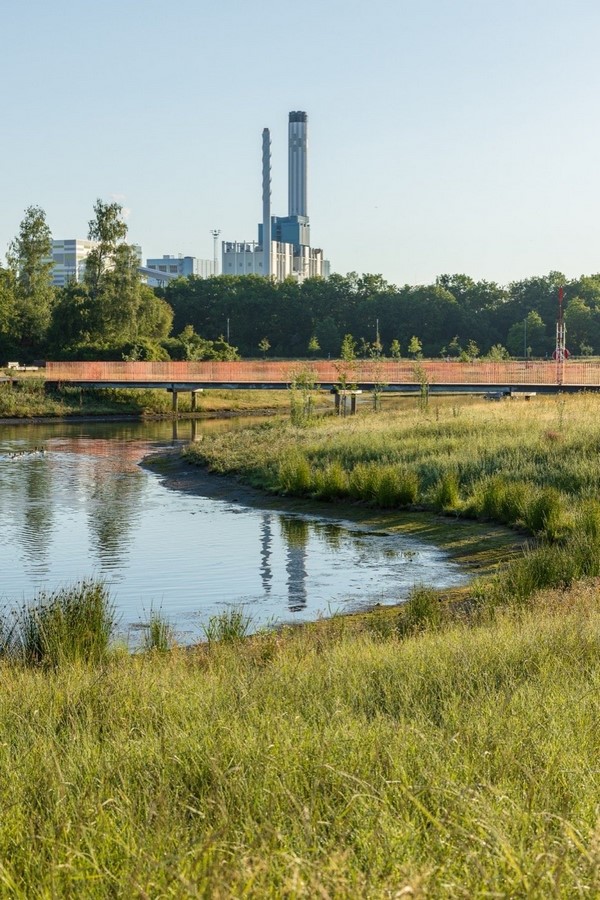
Biodiversity Enhancement
A key aspect of the park’s design involves the cultivation of aquatic vegetation. Through spontaneous growth or transplantation from other wetland parks in Västerås, aquatic plants flourish, enriching biodiversity within the region. This intentional introduction of vegetation transforms what was once a monocultural environment into a thriving ecosystem, supporting a myriad of species.
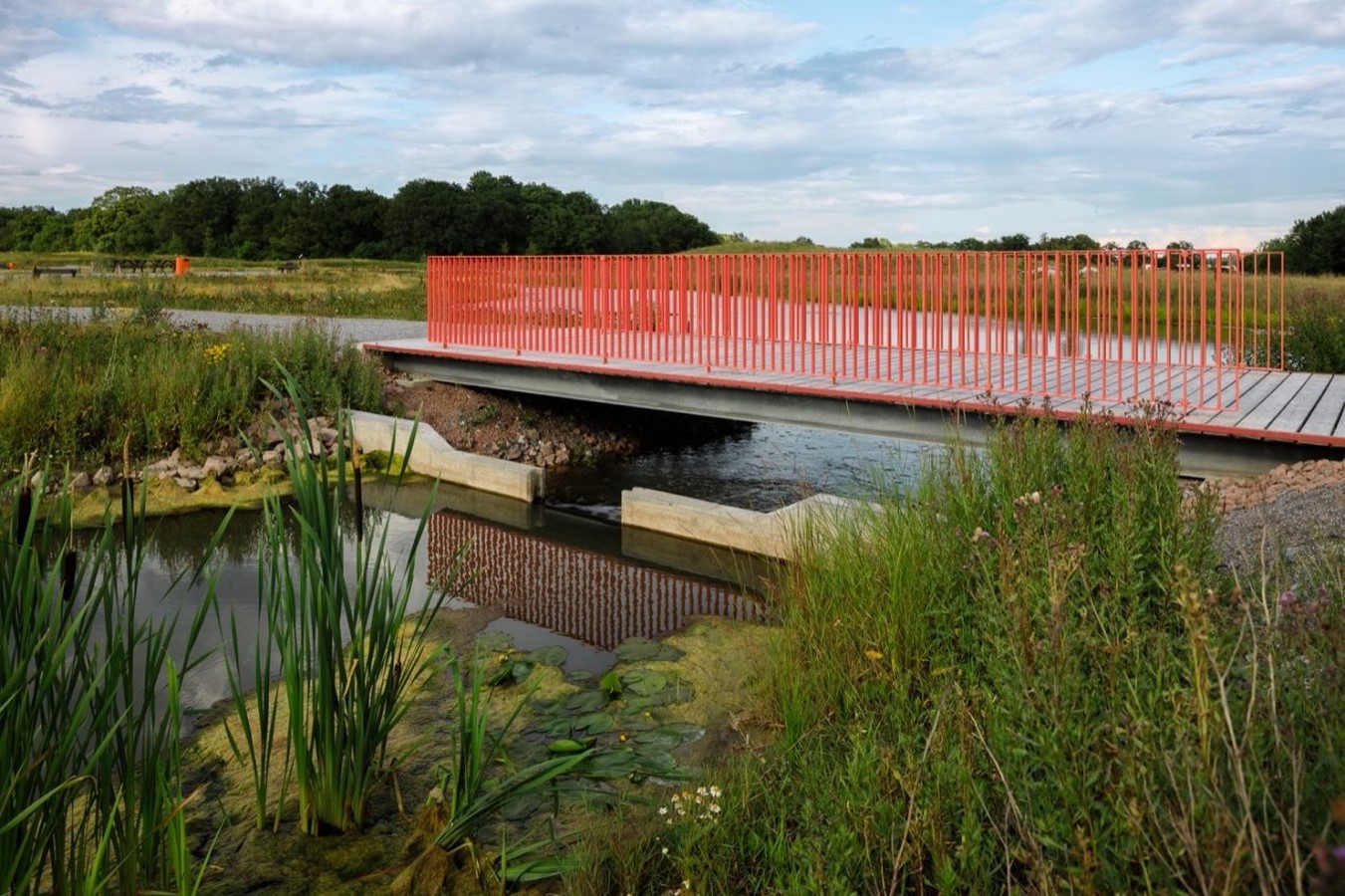
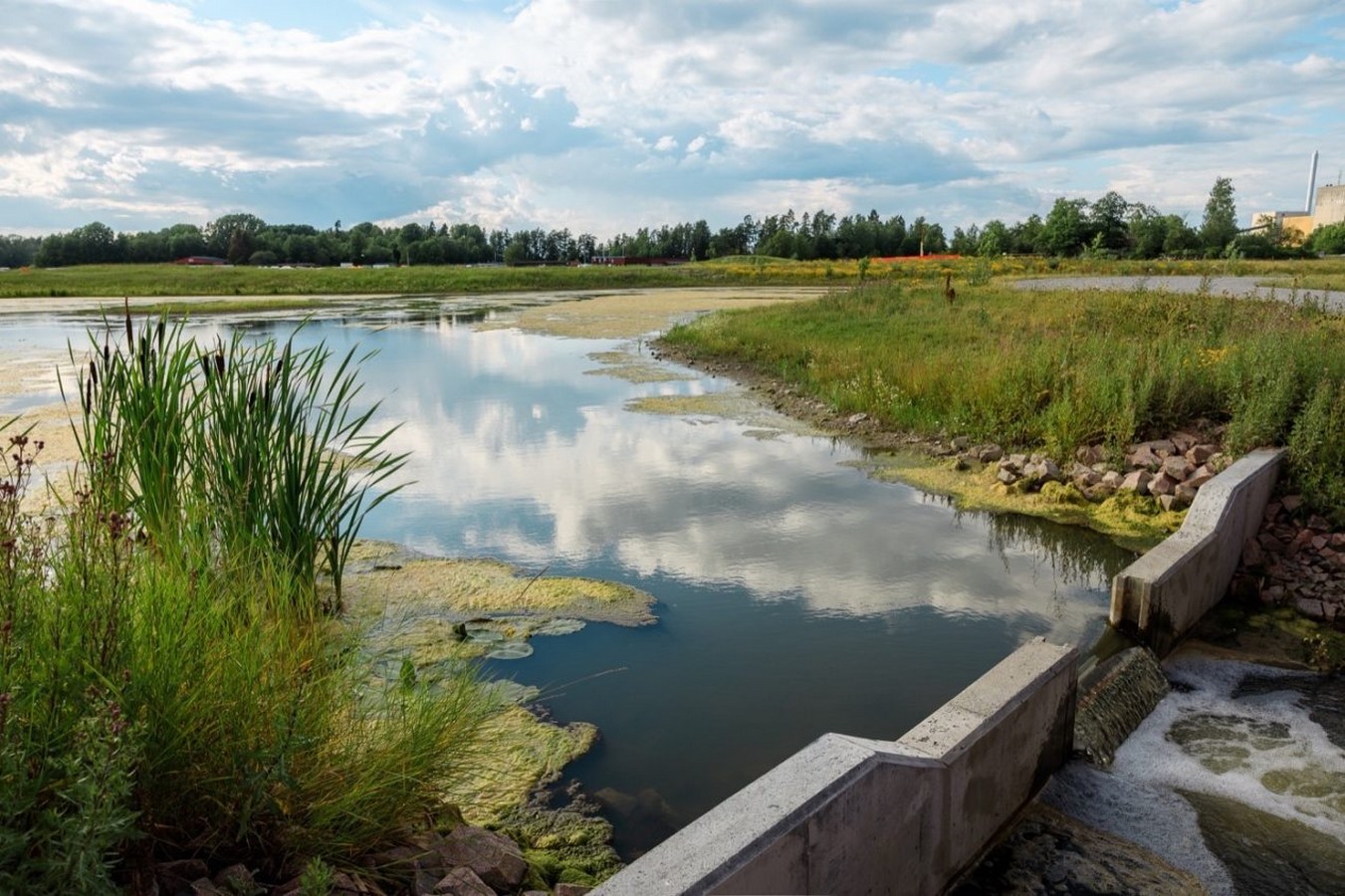
A Natural Experience
While the water flow and pathways are meticulously controlled, visitors are afforded the sensation of wandering freely amidst nature. The park’s design emphasizes immersion, allowing individuals to experience the beauty and tranquility of natural surroundings firsthand.
In essence, the Johannisberg Wetland Park stands as a testament to the harmonious coexistence of human intervention and ecological preservation, offering a blueprint for sustainable development within aquatic environments.


